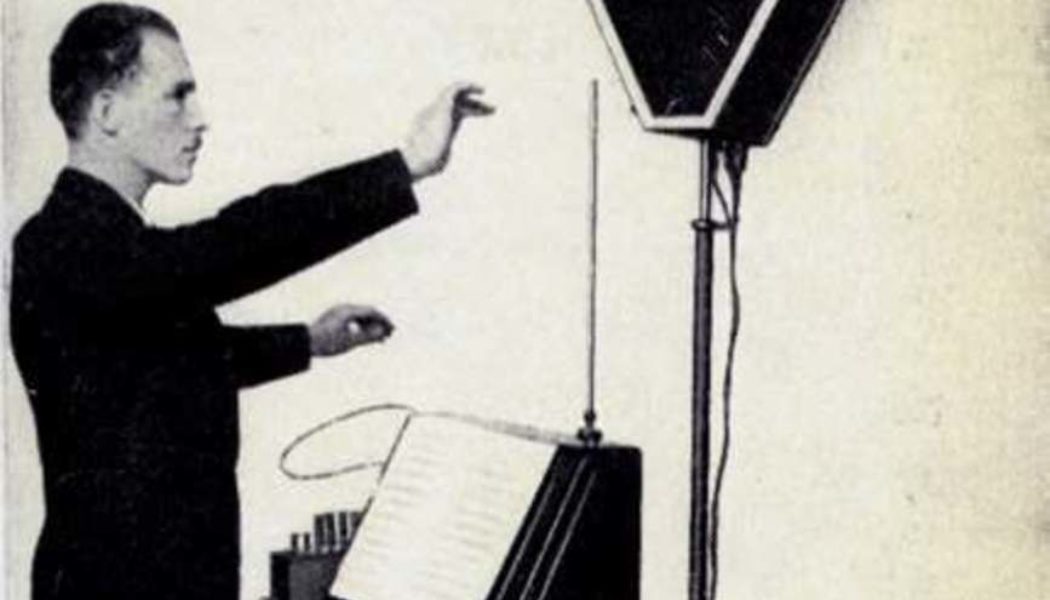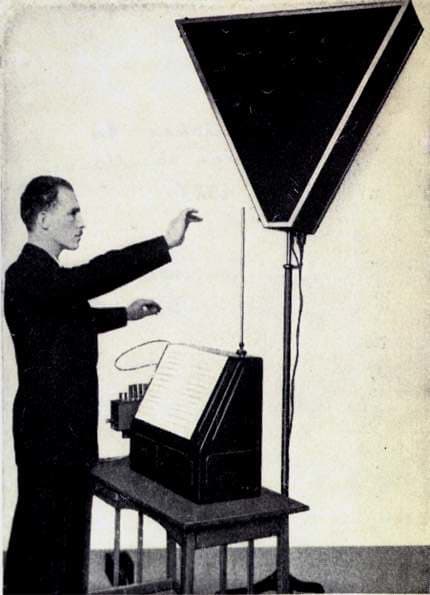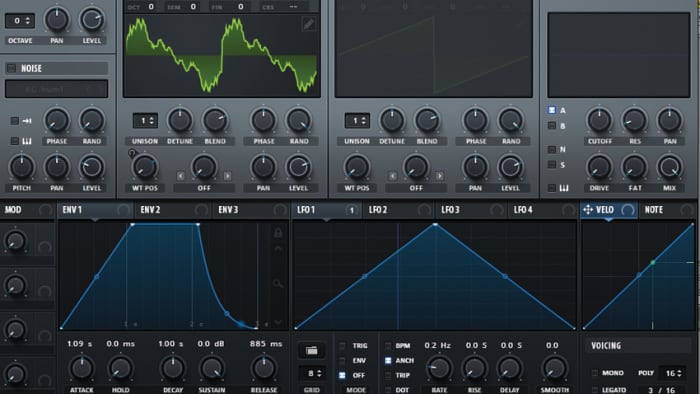“We’re excited to announce Tomorrowland’s final headliner… Albert Einstein.”
Believe it or not, if the man behind the theory of relativity were alive today, that ridiculous music festival announcement could’ve been a reality.
A quote attributed to Einstein in 1929 confirms that the most influential physicist of all-time could’ve take a much different career path: musician. It was the height of the “Roaring Twenties,” a period that saw jazz and dance music permeate Western culture.
“If I were not a physicist, I would probably be a musician,” Einstein said at the time. “I often think in music. I live my daydreams in music. I see my life in terms of music.”
Einstein was a friend of the legendary inventor Leon Theremin, who developed the theremin, one of the first-ever electronic musical instruments. Theremin demonstrated his instrument for Einstein in Berlin in 1927, one year before he patented the device.
Einstein, who was curious about how the theremin worked, attended various concerts and even tried to play it, according to the European Organization for Nuclear Research. The instrument works by generating electromagnetic fields around two antennae: one manipulating pitch and the other controlling volume.
In a 1989 interview conducted in France, Theremin, who was 93 at the time, opened up about Einstein’s unique perspective regarding music production.
“There was one man who was interested in the color of music, the connection between light and music, and that was Einstein,” he said.
Scroll to Continue
Recommended Articles
“Einstein was more interested in the connection between music and geometrical figures: not only color, but mostly triangles, hexagons, heptagons, different kinds of geometrical figures,” Theremin added.
What’s the one thing babies and electronic music producers have in common, besides occasionally whining? (Looking at you, EDM Twitter). They play around with geometric shapes.
Serum, VolumeShaper and PORTAL are just three programs that exist in an immeasurable sea of products and plugins that allow electronic music artists to generate audio by manipulating waveforms. There’s even software that allows producers to implement an oscilloscope, a digital instrument that draws an intricate graph of an electrical signal.
These visual representations are vital for morphing wavetables, granular synthesis and other advanced production techniques. It’s mind-boggling to think what Einstein could do with these tools at his disposal.
But we’ll never know unless there’s some wild technological breakthrough, perhaps with artificial intelligence. Many have tried to emulate his consciousness, like this creepy “AI-powered digital human” version of the Nobel Prize winner.
If a few things had gone differently for the musically-inclined Einstein in Germany in the late 1800s, it seems plausible that his life would’ve changed dramatically. And the rest of us, for that matter, whose material lives are dictated by the laws of physics.
We can’t believe it’s been more than a hundred years since he proposed his theory of relativity. It feels like only yesterday.
 [flexi-common-toolbar] [flexi-form class=”flexi_form_style” title=”Submit to Flexi” name=”my_form” ajax=”true”][flexi-form-tag type=”post_title” class=”fl-input” title=”Title” value=”” required=”true”][flexi-form-tag type=”category” title=”Select category”][flexi-form-tag type=”tag” title=”Insert tag”][flexi-form-tag type=”article” class=”fl-textarea” title=”Description” ][flexi-form-tag type=”file” title=”Select file” required=”true”][flexi-form-tag type=”submit” name=”submit” value=”Submit Now”] [/flexi-form]
[flexi-common-toolbar] [flexi-form class=”flexi_form_style” title=”Submit to Flexi” name=”my_form” ajax=”true”][flexi-form-tag type=”post_title” class=”fl-input” title=”Title” value=”” required=”true”][flexi-form-tag type=”category” title=”Select category”][flexi-form-tag type=”tag” title=”Insert tag”][flexi-form-tag type=”article” class=”fl-textarea” title=”Description” ][flexi-form-tag type=”file” title=”Select file” required=”true”][flexi-form-tag type=”submit” name=”submit” value=”Submit Now”] [/flexi-form]












Tagged: Albert Einstein, Electronic Music, entertainment blog, FEATURES, music blog, theremin